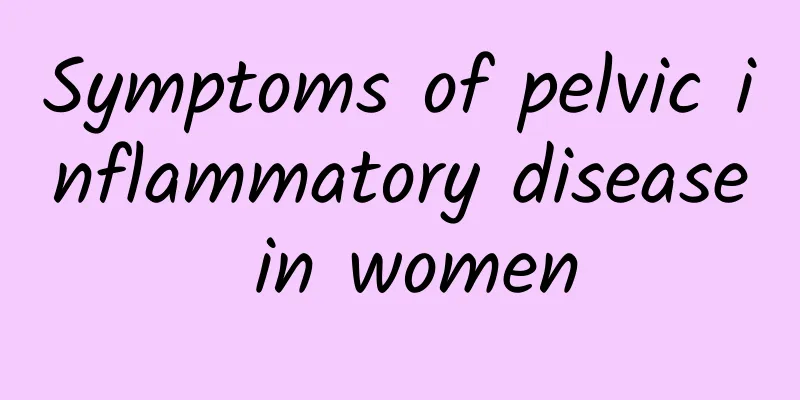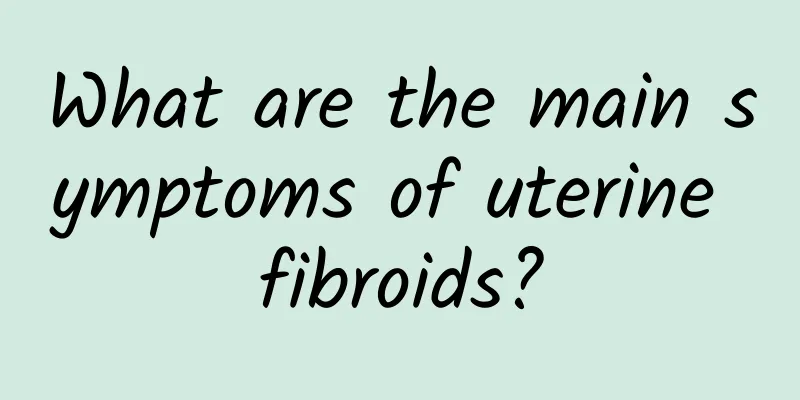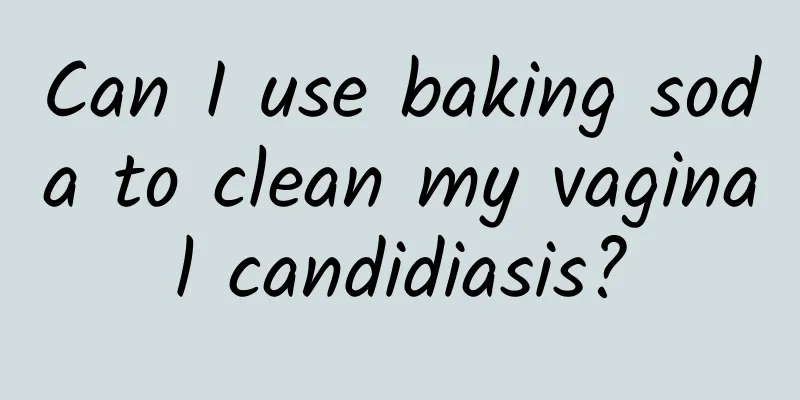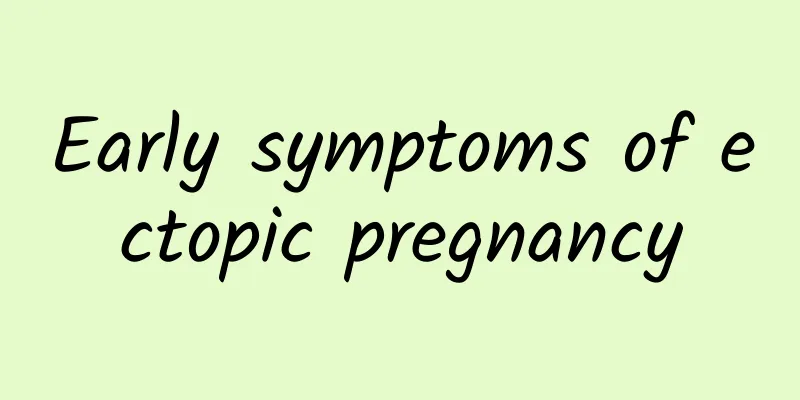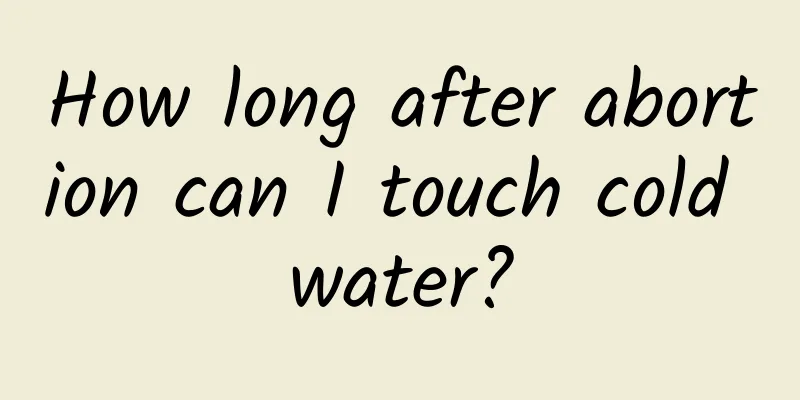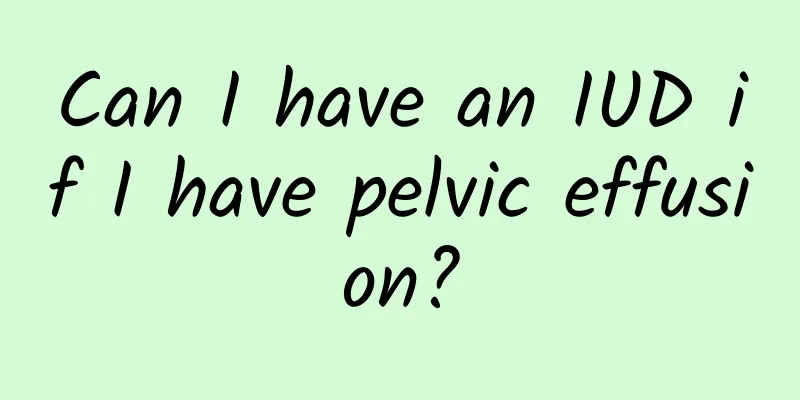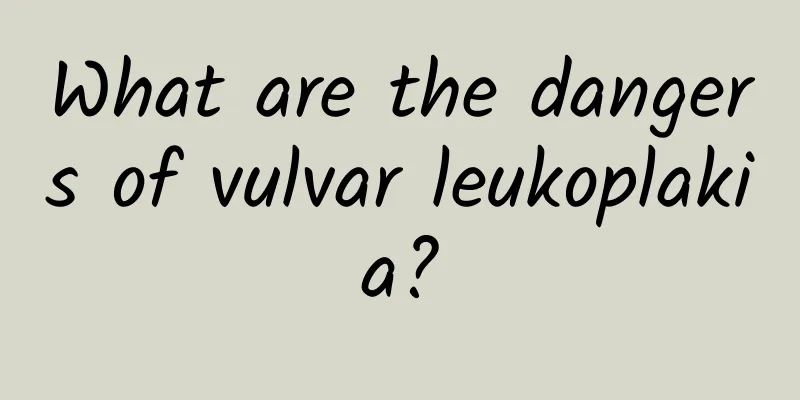Ovarian cysts: can fallopian tubes be removed? How to treat them surgically?
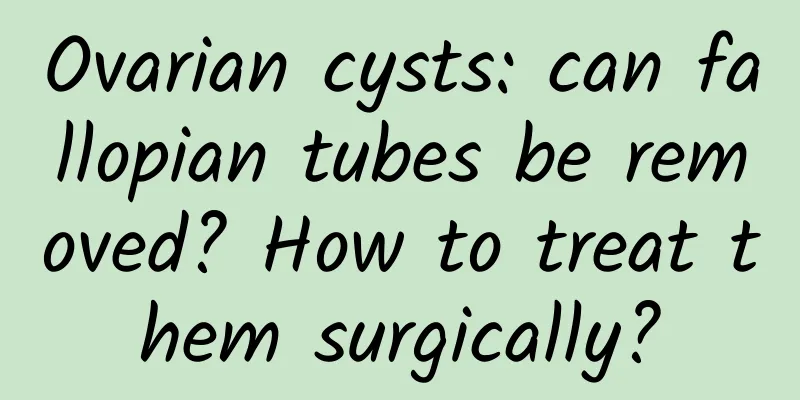
|
With the development of medical technology, the methods of treating ovarian cysts are gradually increasing. Chinese and Western medicine surgeries have good results. So does surgery for ovarian cysts involve removing the fallopian tubes? How is the surgery performed? Whether to remove the fallopian tube is closely related to the patient's condition. If the patient has a large cyst or severe adhesion, the fallopian tube must be removed. If there is no requirement for fertility, there is no problem with removing the fallopian tube. If it is not removed, the inflammation may recur, and it is best not to keep it. Patients should be treated differently and choose carefully. The treatment of ovarian cysts depends on the patient's age, whether the symptoms worsen, the location, volume, size, growth rate of the cyst, deformation of the uterine appendages, whether the fertility function is preserved, and the patient's subjective wishes. Surgical treatment is divided into benign and malignant. Surgical treatment of benign ovarian cysts includes ovarian cystectomy, adnexectomy, and total hysterectomy. Ovarian cystectomy is suitable for most patients without menstrual disorders, even those with complicated pregnancy. If the tumor on one side is obvious, salpingo-oophorectomy on the affected side is feasible. Adnexectomy and total hysterectomy are suitable for unilateral or bilateral ovarian cysts in women near menopause or menopause. The patient is not competent for the systemic condition. Bilateral adnexectomy and total hysterectomy are suitable for it, but it will seriously affect the endocrine disorder. Surgical treatment of malignant ovarian cysts Most patients have reached the advanced stage, so we should do everything possible to remove the primary cyst and visible pelvic and abdominal metastases. Since malignant ovarian cysts are often adhered or infiltrated with the uterus and adnexa, and close to the pelvic peritoneum, most of the current methods are to remove the uterus and tumor from the pelvic peritoneum by rolling carpets or dumplings, such as omentectomy, partial intestinal resection, partial bladder and ureter resection. However, for ovarian malignant tumors with ascites, regardless of whether they are completely removed or not, a catheter should be placed in the abdominal cavity to facilitate the postoperative intraperitoneal injection of anticancer agents or radioactive colloidal gold or colloidal phosphorus. Introducing the treatment methods for ovarian cysts can help women better choose their own methods so as to treat and recover from the disease as quickly as possible. |
<<: What causes pelvic inflammatory disease?
Recommend
Can medication cure cervical adhesions or intrauterine adhesions?
Can medication cure cervical adhesions or intraut...
How to treat abnormal leucorrhea?
If a woman has abnormal leucorrhea, it may be due...
Clinical manifestations of chronic cervicitis
Cervicitis can generally be divided into many typ...
How to cure tinea pedis
Due to the thick skin of the hands and feet, the ...
How many days of leave can I take for a miscarriage? What are the regulations for abortion leave in Beijing?
Spontaneous abortion is the most difficult fact f...
Uncover the causes of cervical precancerous lesions
People generally do not pay attention to the onse...
New Taipei City sampled 2 items of snack food for school children and found they did not match the label
During the school summer vacation, the New Taipei...
Can I have an abortion if I am six months pregnant?
In the case of an unexpected pregnancy, most peop...
Drink lemon water without getting sick? Can I drink it every day? Nutritionist Cai Yusi breaks down 4 myths about lemonade
Although lemons are small, they have big health b...
Things that patients with cervical hypertrophy should pay attention to in life
Cervical hypertrophy is a common gynecological di...
What are the dangers of endometrial polyps
Endometrial polyps may cause problems such as irr...
Rethinking yoga postures to reduce the burden on the lumbar spine, beginners should start with lying down
When practicing yoga, lying down is the easiest a...
What to do if you reach menopause at the age of 40
Menopause in your forties may be a sign of premat...
Women should know about these painless abortion care
There are many ways to have an abortion, among wh...
What are the common misunderstandings in the treatment of uterine fibroids? How to improve the treatment effect of uterine fibroids?
In the long-term treatment of uterine fibroids, o...
